The Old Broke Rancher on Why the Magpie is Better than the Meadowlark

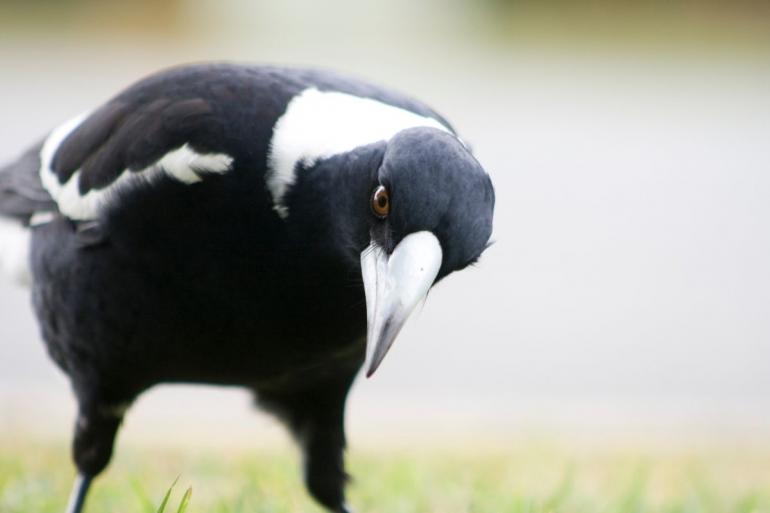
Everybody knows that Montana's state bird is the Western Meadowlark, and many recognize its pleasant trilling song. And sure, it's a fine bird, very pretty, very precious, etc.
It's the kind of bird you could take home to meet your Ma, and she'll beam with approval at its non-threatening insipidness. The Western Meadowlark also has a diet not too unlike the average Bozeman hipster, made up mostly of locally-sourced seeds and insect protein. I don't know if anyone has tried to feed one kale yet, but imagine how many "likes" a photo of that would get on Instagram!
But the magpie is a bird that would probably wear a cool leather jacket if they had arms to put in the sleeves. Their diet consists of whatever they can find, from my dogs' kibble to roadkill to dung beetles to voles, the most vicious of the tiny rodents. Sure, it'll eat fruit and grain if they have to, but I think they'd prefer something a little grosser.
If magpies listened to music, they'd listen to Alice Cooper. Or Johnny Cash. Someone in black, anyway.
Magpies also have the uncanny ability to get a beakful of roadkill and stare thoughtfully into the headlights of my pickup, approaching at 80 MPH, until I'm almost sure it's too late. The bird has made a fatal miscalculation, I think, until about two nanoseconds before it would meet my grill, at which point it takes wing and lands back on its meal the instant my truck has passed.
If humans could figure out how to do a graceful backflip out of the way of a speeding truck while laden with a mouthful of rancid meat, we'd make it an Olympic event and charge a million bucks to watch.
There's no way any Western Meadowlark could pull something like that. They haven't got the guts.
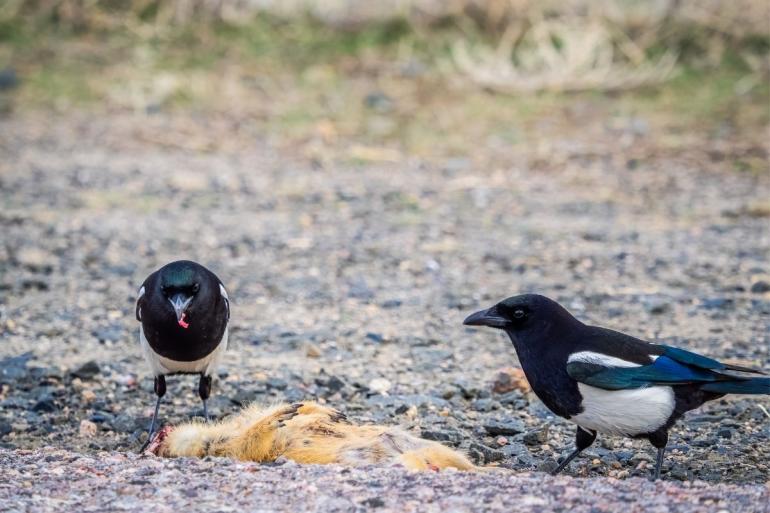
Magpies have been known to drive larger mammals like coyotes and foxes away from their kills and even sometimes have made themselves so annoying to grizzly bears that they will abandon some carrion just to be away from them, only returning at night once the birds have roosted.
Ranchers sometimes hate them. This is grisly, but you can handle it. Magpies will occasionally attack recently born calves, trying to get their eyes even before their mothers have cleaned them off. They will also help keep the livestock free of ticks and other insects, perhaps to compensate for the trouble they might have tried to cause earlier.
I suppose that, like humans, there are good ones and bad ones.
In folklore, a magpie landing nearby and calling to you once was often seen as a harbinger of bad luck. But two or more might start to turn the tide to good fortune. If a magpie calls at you six times, it might portend gold in your future. When they stand and squawk at me, as they often do in the morning, I wonder what kind of good fortune it means if they call at you about a million times. A brand new RV, I hope.
Let me put it to you another way: the Western Meadowlark is a tourist. As soon as there's frost on the pumpkin, that thing is down south to warmer climes - far off places like Kansas and Texas or, God help us, California. The magpies stay here with us, consarn it. And I think that the State Bird ought to endure the same indignities and climatic adversitudes that I do.
They are all over the place on my ranch. In the spring, they nest in three of my nearby trees, and I admit to enjoying scaring the crap out of them. While I do not shoot them (that's against the law, and I wouldn't want to anyway) but I do get a few kicks out of shooting near them, watching them startle, and then settle back down indignantly. It's my way of letting them know who's higher up on the great chain of being.
Of course, the downside is that if they happen to find me outside without my gun, they swoop at me to make the same point, and call me bad names in their native tongue besides.
I won't admit it to anyone but you, dear reader, but the truth is we are buddies. I feed them table scraps at a particular spot in one of our fields. They know very well where the feed spot is and check it often. They watch me put out the remains of a soup bone or some steak fat or bread crusts (although I have to watch or the dogs will get jealous). I have had as many as 10 or 12 at a time taking advantage of my benevolence.
However, I draw the line at the dog food on the porch.
I have six dogs (unless I'm forgetting any) and as dog food costs money, I can't abide the little thieves eating it all off the porch.
"But you feed them bits of steak," you might say. "Shut up," I might respond.
So while the outside dogs eat, I have to stand and guard them against flying intruders. I can't help but recall the winged monkeys from The Wizard of Oz.
The inside dogs get to eat without being scrutinized because the magpies have not, yet anyway, learned how to get inside the house. But I'll tell you this much: the second they do, I plan on beating it to the truck and abandoning my family.
But as I said, we're friends, though occasionally quarrelsome.
The Western Meadowlark, that odious health-food eating carpetbagger, however, can go to hell or Texas, whichever comes first!
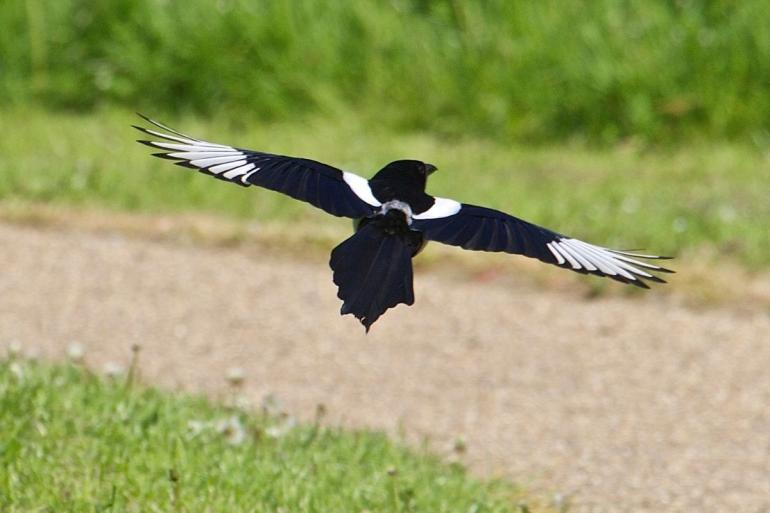

Gary Shelton was born in Lewistown in 1951 and has been a rancher, a railroader, a biker, a teacher, a hippie, and a cowboy. Now he's trying his hand at writing in the earnest hope that he'll make enough at it to make a downpayment on an RV. Hell, scratch that. Enough to buy the whole RV. He can be reached at [email protected] for complaints, criticisms, and recriminations. Compliments can be sent to the same place, but we request you don't send them - it'll make his head big.
Leave a Comment Here
Oh…heard a story about two magpies… They were a couple… Romantically I presume. One got hit by a car… The partner went back to the middle of the road and ate it! Love is strange!?






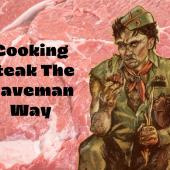
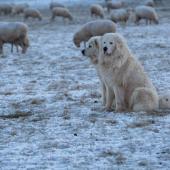

Keep up the story telling, you are great at it !
Kimberly
- Reply
Permalink